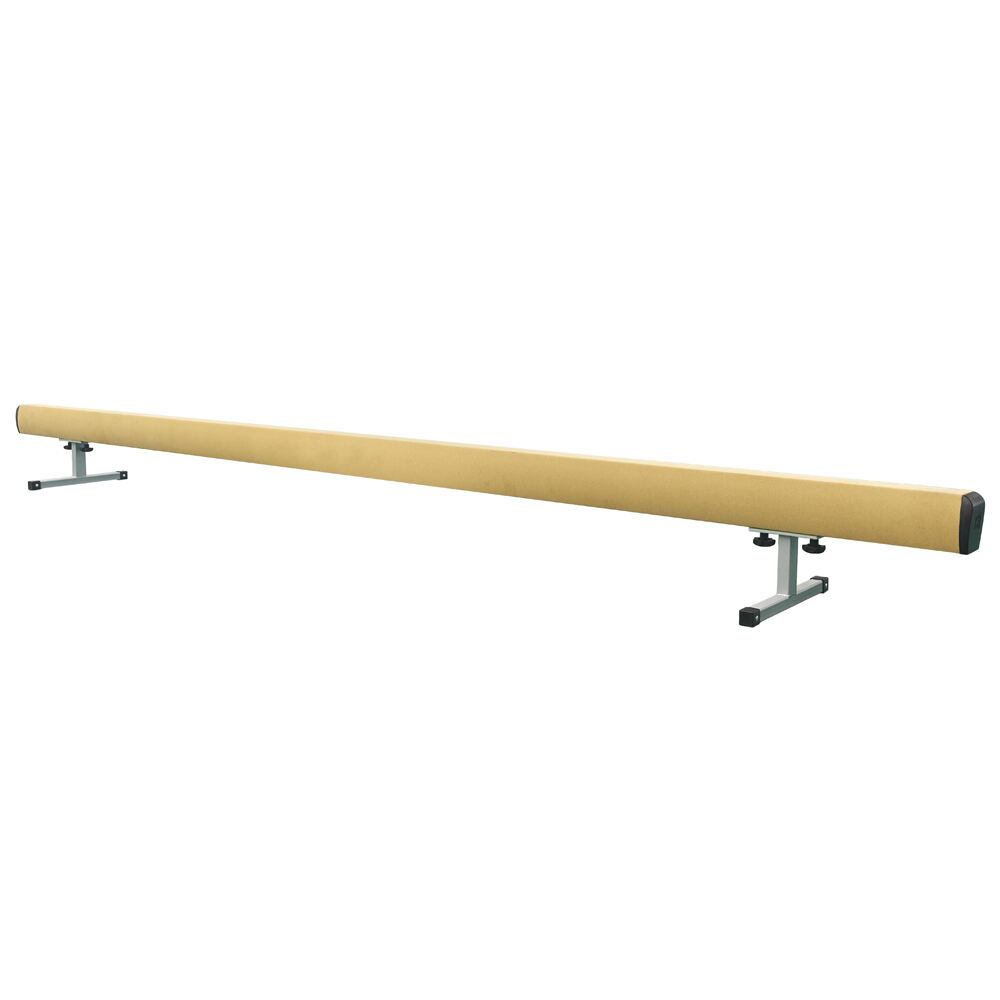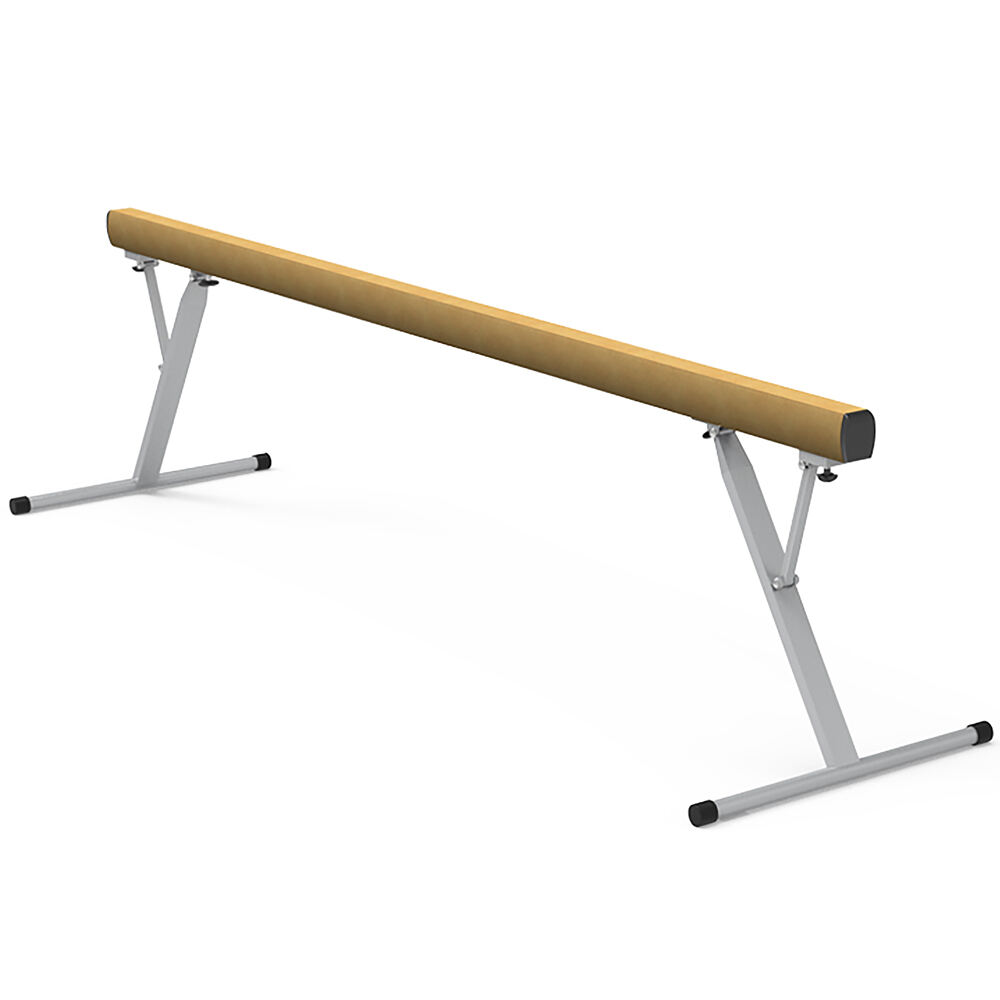10-Minute Daily Routines to Boost Core Stability on a Balance Beam
Gymnastics requires incredible strength, flexibility, and precision, but one area that underpins every movement is core stability. The core muscles are not only responsible for holding the body upright but also for controlling every skill performed on a Balance Beam. Without strong and stable core muscles, it becomes much harder to maintain balance, stick landings, and move fluidly.
Fortunately, core strength doesn’t require hours of training. With short, focused routines, gymnasts can significantly improve stability and performance. This article provides 10-minute daily routines that target core engagement while using the Balance Beam to develop control, precision, and confidence.
Why Core Stability Matters on a Balance Beam
The Balance Beam is one of the most challenging apparatuses in gymnastics. Its narrow width demands precision, and every wobble is magnified. Core stability is the key to keeping movements controlled and centered.
A strong core provides:
Better alignment and posture.
Improved control during leaps, turns, and acrobatic moves.
Reduced risk of falls or missteps.
Greater efficiency in connecting skills together.
By combining bodyweight exercises and beam-specific drills, gymnasts can maximize their core strength while directly applying it to Balance Beam practice.
Structuring a 10-Minute Daily Core Routine
Each 10-minute session should include a warm-up, focused beam exercises, and a brief cool-down. Even just 10 minutes a day, when done consistently, can create significant improvements.
Minute 1-2: Dynamic Warm-Up
Start with simple movements to engage the muscles and prepare for Balance Beam work.
Marching in place on the beam to activate the hip flexors and core.
Arm swings combined with gentle torso twists for mobility.
Light calf raises to engage the lower legs, which assist in stabilization.

Minute 3-5: Beam Core Engagement Drills
Plank Holds on the Balance Beam
Place hands or forearms on the beam in a plank position.
Keep hips aligned and core engaged.
Hold for 30 seconds, rest, and repeat.
Side Planks on the Balance Beam
Position one hand or elbow on the beam and extend the body sideways.
Lift hips high and engage obliques.
Hold 20-30 seconds per side.
Hollow Body Hold
Lie lengthwise on the beam with shoulders and legs slightly lifted.
Maintain a hollow position, engaging the core.
Focus on stability without rolling off the narrow surface.
Minute 6-8: Balance and Core Control
V-Sits on the Balance Beam
Sit on the beam, lift legs into a V position, and extend arms forward.
Hold for 20-30 seconds, keeping balance steady.
Repeat two to three times.
Single-Leg Balances with Core Engagement
Stand on one foot in the middle of the beam.
Lift the opposite knee toward the chest while tightening the core.
Hold for 20 seconds per leg.
Slow Beam Walk with Arm Movements
Walk across the beam very slowly, lifting arms into different positions.
This forces the core to engage continuously for stability.
Minute 9-10: Cool-Down and Stretching
End the routine with stretches that target the core and lower back.
Seated forward fold on the beam for hamstring and spinal release.
Gentle side stretches while seated on the beam.
Cat-cow motions with hands on the beam to loosen the spine.
This structured 10-minute approach ensures that gymnasts target both static core strength and dynamic balance control daily.
Progressing Core Stability Training
To keep improving, gymnasts should gradually increase the challenge of these exercises. Here are a few progressions:
Plank Variations: Move from stationary planks to shoulder taps or plank walkouts while keeping hands on the Balance Beam.
Dynamic V-Sits: Instead of holding, alternate lowering and raising the legs.
Beam Crawls: Moving forward and backward in a bear crawl position along the beam to build core endurance.
Turns and Holds: Incorporating quarter or half turns while holding a balance pose.
The narrow width of the Balance Beam magnifies instability, so even small progressions can dramatically increase the difficulty.
Benefits of Consistency
Ten minutes might not sound like much, but the key is daily consistency. Short sessions prevent fatigue and can easily be added before or after regular training. Over weeks and months, gymnasts will notice improved posture, cleaner lines, and stronger landings.
Safety Considerations
Always start routines at low beam height or on a floor beam, especially when learning new drills.
Place mats around the beam to cushion any falls.
Keep movements slow and controlled to prioritize form over speed.
Beginners should focus on static holds before adding dynamic progressions.
Beyond Gymnastics: Everyday Benefits
While the focus here is on gymnastics, training core stability on the Balance Beam has benefits beyond the sport. Children and young athletes gain better coordination, which carries into other activities like dance, martial arts, and even school sports. For recreational users, beam core routines improve posture, prevent injuries, and enhance overall body control.
Conclusion
The Balance Beam is more than just a competition apparatus — it’s a powerful training tool for building core stability, balance, and body awareness. With just 10 minutes a day, gymnasts can drastically improve their control and performance. These daily routines not only build stronger muscles but also develop confidence and precision, allowing athletes to feel more secure when attempting new skills.
By practicing planks, V-sits, slow walks, and balance holds directly on the Balance Beam, gymnasts strengthen their core while training under realistic conditions. Over time, this consistent effort creates a solid foundation for everything from simple beam routines to advanced acrobatic sequences.
Core stability is the hidden strength behind every graceful leap, every steady landing, and every polished routine. With the Balance Beam as a training partner, gymnasts can grow stronger, more confident, and ready to take their performance to the next level.
FAQ
Can beginners do core training on a Balance Beam?
Yes. Beginners can start with basic holds like planks and seated balances on a floor-level beam before progressing to higher beams.
How often should gymnasts train core stability?
A short 10-minute routine daily is highly effective. Consistency matters more than duration.
Do I need special equipment besides the Balance Beam?
No. A beam and safety mats are enough for these exercises. Optional tools like resistance bands can be added for variety.
Will core training on the beam help floor routines?
Absolutely. Strong core muscles improve alignment, landings, and control across all gymnastics apparatuses.
Is the Balance Beam only for competitive gymnasts?
No. It can be used by recreational athletes, dancers, and fitness enthusiasts looking to build balance and stability.


